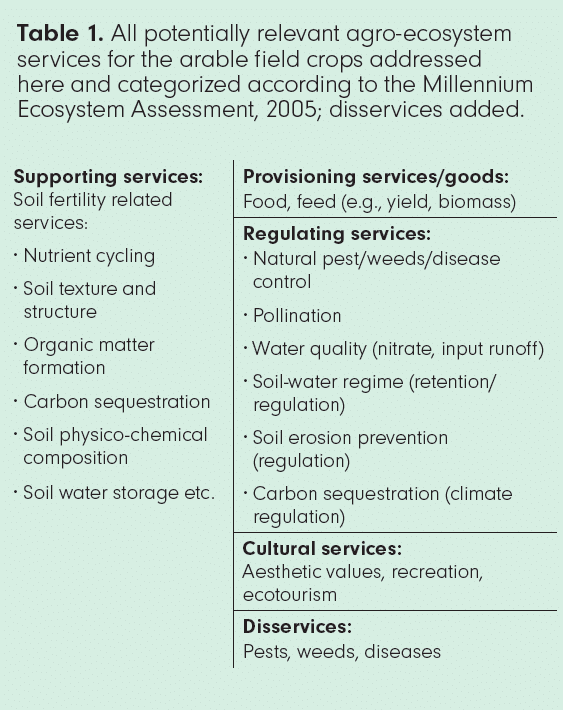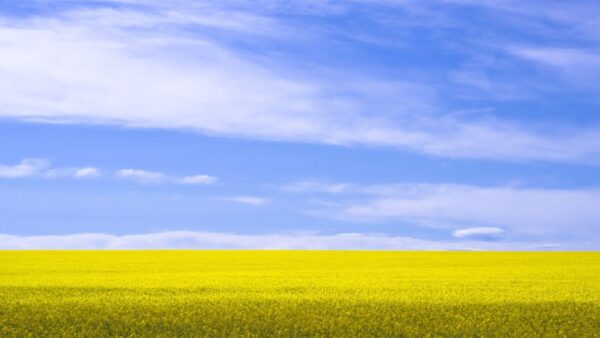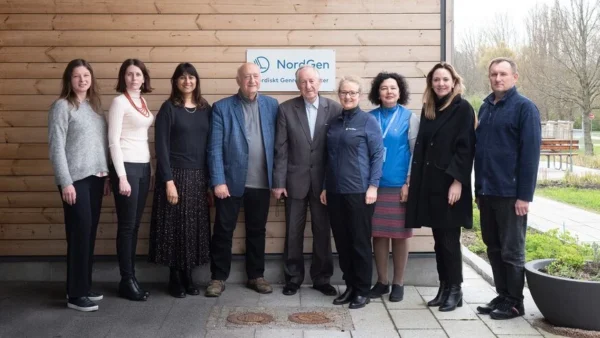As you look across fields today, you are more often being greeted by a surprising sight. Instead of just seeing the crop, you’ll often see purposefully sown flowers to delight your senses and serve and important purpose: create a habitat for pollinators.
Take time to learn more about the usefulness of this practice and what other measures are best to implement within arable land. European Seed recently sat down with Annik Dollacker, co-author of the recently published article Dually beneficial habitats serve as a practical biodiversity mainstreaming tool in European crop production, to get her take on how strips or even entire fields of flowers can serve and important purpose in re-energizing pollinator health.
European Seed (ES): Annik, can you describe in a nutshell what your research project was all about?
Annik Dollacker (AD): Indeed, flower strips are the most popular and visible measure implemented and intended to support biodiversity within fields. However, whether this or other measures recommended for use within arable field crops contribute to serving biodiversity and farming alike is a question that is rarely researched. Mostly ‘ecological enhancement measures’ have been developed and well evaluated as to their benefits to specific species, or to protect single species for their aesthetic or intrinsic value. The measures cost and benefit considerations to farming, however, are still limited.
Our research project included authors and contributors who represent a diversity of sciences to elucidate the broader considerations. Sciences represented included agriculture, soil, crop production and protection, policy, landscape ecology, biodiversity, and ecosystem services. We undertook to analysing the existing, exhaustive literature on a wide range of ecological enhancement measures and to identify which of them provided value for use on European farmland holdings in addition to biodiversity benefits. To that end, we focused on easily implementable measures in the key arable field crops (cereals, including maize; oilseed rape; sunflower and soya), which make up 72 per cent of European (EU-27) arable crop land and on the measures’ impact on crop production-relevant agro-ecosystem services (e.g., soil fertility, pollination, pest control) (see table 1). These agro-ecosystem services are delivered by soil organisms, pollinators, and natural enemies of pests. Our paper identified those measures, which may support agro-ecosystem services provision upon which crop management depends and which at the same time have an acceptable cost-benefit ratio in terms of yield and/or farm profitability.
Our take on the subject was that if biodiversity beneficial measures would provide dual benefits that is, win-wins for crop production in addition to ecological resilience (biodiversity) over time, farmers would be more easily encouraged to implement and scale them up. This in turn could provide more resilient landscapes and would make a big difference, especially if implemented in simplified, large-scale European field crop areas where semi-natural or non-crop habitats are limited. These simplified landscapes are also those locations where mainly field crops are grown and where action should be prioritized to make a biodiversity difference. Here, implementing these dually beneficial habitats would contribute most to the biodiversity–agricultural-benefit interlinkages, while improving the connectivity of biodiversity across the landscape.
ES: Can you give an estimation on how much habitat was lost in recent times?
AD: In Europe (EU-27) not many natural habitats remain. The landscape is dominated by man-made changes such as construction and infrastructure areas or working land such as forests and agricultural land. Agricultural land differs a lot too: some areas contain smaller more diverse fields which are surrounded by semi-natural habitats such as forests, hedges and other landscape structures, other areas, usually the most fertile lands, have been cleared from semi-natural habitats and single fields can be seen as reaching up to the horizon. Thus, if biodiversity is to be enhanced, the surrounding landscape is a big influencing factor that needs to be considered: Single farm actions have to be complemented by regional actions, including to enhance connectivity of habitats and to that end the best results can be achieved by collaborative efforts that include landscape planning efforts at scale, hence public and private actors alike.
ES: Why was it necessary to start this research?
AD: If we want to really achieve mainstreaming of biodiversity in crop production, as called for by the UN CBD (United Nations Convention on Biological Diversity, in short biodiversity), more and more integrated, resilient approaches are needed to address dual purposes simultaneously and over time. Mainstreaming, as defined by the CBD means the integration of action serving dual purposes (biodiversity conservation and food production) at the same time, not the establishment of parallel, isolated endeavours by sectors to achieve one or the other goal. Crop production is a low hanging fruit to achieve mainstreaming of biodiversity as it depends on nature to thrive, hence is nature-based. Clever solutions have and need to be increasingly researched and developed to reach an even better, science-based system’s approach.
ES: How did you define dually-beneficial habitats?
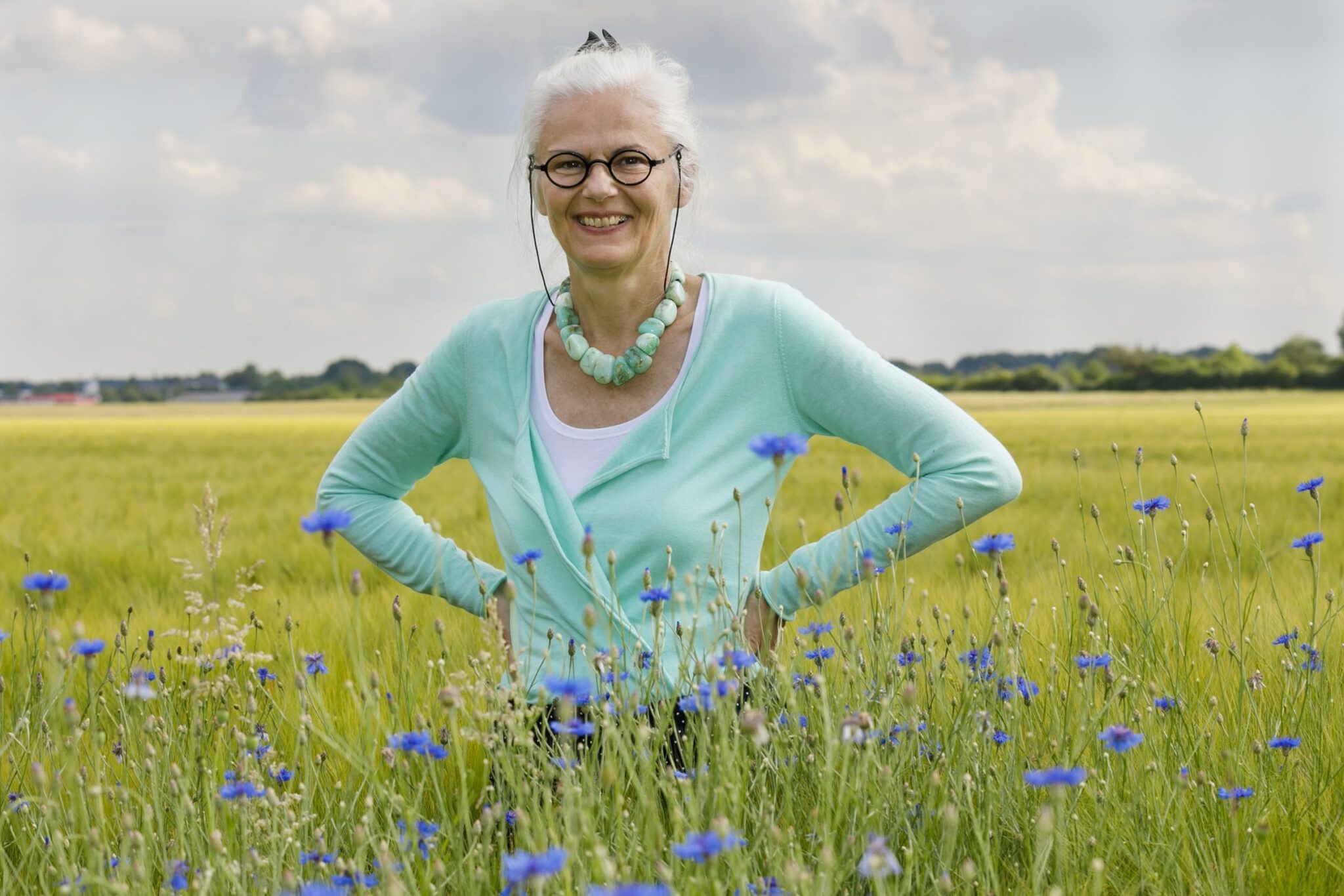
AD: Over 90 habitat types were identified as recommended ecological enhancement measure based on the papers and reviews consulted. In our paper, only about 40 of these habitats, consisting of four groups of habitat types qualified as dually beneficial. The criteria the authors defined as qualifying as dually beneficial habitat (hereafter db-habitat) were: a) broadly beneficial to multiple species, not to a single species, b) potentially beneficial to agro-ecosystem services delivery in arable field crops such as for instance soil fertility enhancement and c) ease of manageability (i.e., easy integration of the measure within arable field crop rotation) and cost effectiveness.
ES: Which types of habitats have you particularly looked at in your study?
AD: The four types of habitats identified as dually beneficial were:
1. uncropped fields / subfield areas (also called fallow land or fallow areas, or set-aside)
2. managed fields / subfield areas, including cover crops
3. managed flower areas
4. managed margins
About 20 years ago, field margins were the main measures recommended for implementation to farmers due to ease of management (especially ease of access) and cost efficiency. Yet, unproductive areas or areas on a slope, which are prone to soil erosion, equally qualify to be converted into db-habitats. Entire fields such as uncropped fields can easily be integrated in crop rotation systems, thus provide management advantages.
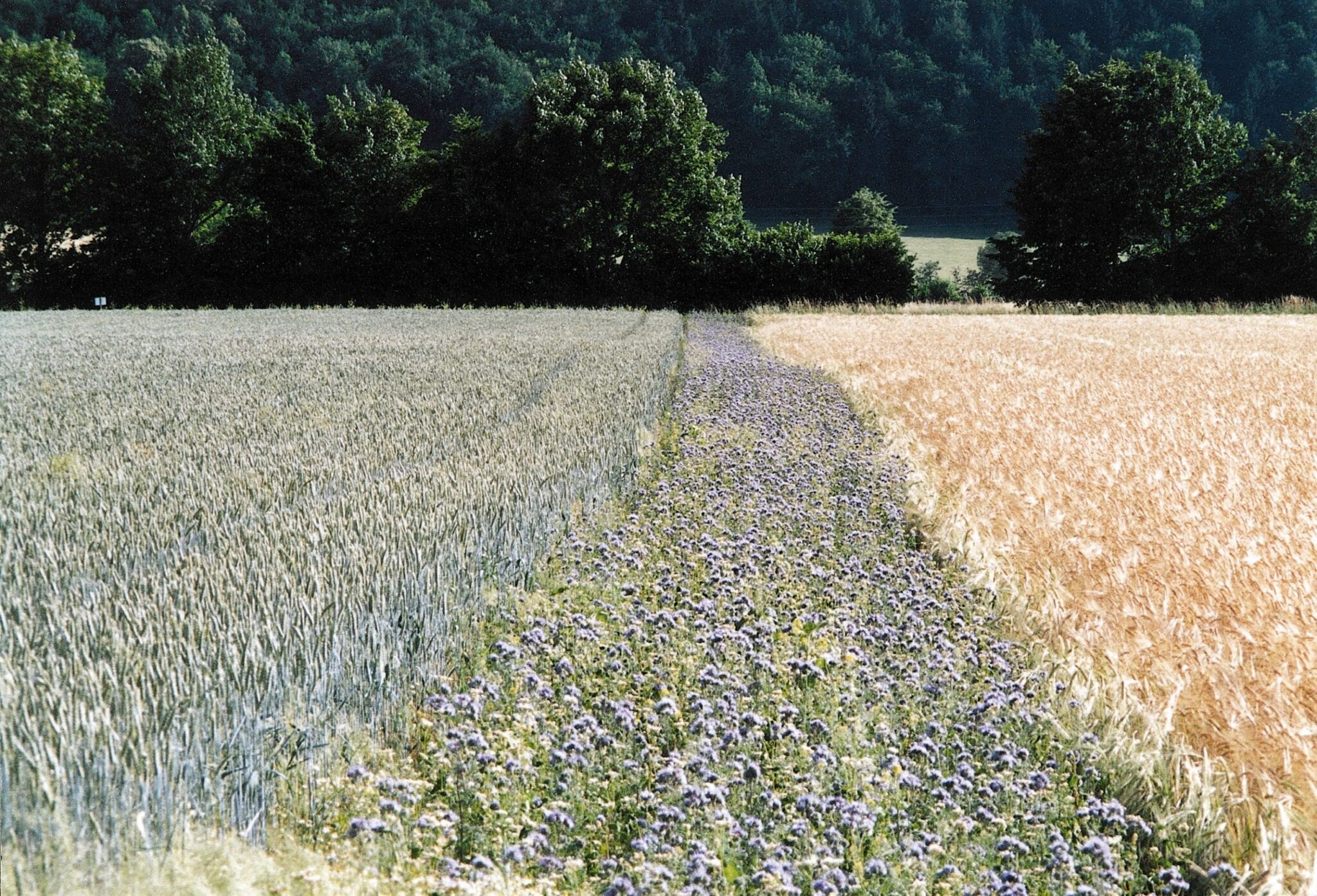
ES: What were the main conclusions of your research?
AD: The one size fits all db-habitat does not exist. Any db-habitat needs to match local conditions and needs. However, reducing the number of habitats to four groups only facilitates communication with farmers. Synergies (flowering cover crops) as well as disservices (increase of weeds and pests) and trade-offs (profitability loss) may occur. For instance, potential yield loss or disservices such as weed or pest increase are still a major concern to farmers and depend on each farm’s soil, weed occurrence or landscape characteristics. However, using unproductive areas within fields for db-habitats can bring benefits in terms of saved management costs or improved soil fertility. Fortunately, new precision technologies will enable the exact mapping of soil quality areas and support science-based decision making. In New Zealand for instance, unproductive field areas are already taken out of production for value efficiency creation. This approach, however, does not work in countries/regions where land area is subsidized rather than its management.
ES: Based on your research, what would you recommend to farmers and policy makers?
AD: First, the popular flower strips sown with specific, nice-looking flowers primarily benefit society through aesthetic appeal. They do however compete with and take away habitats that are needed by local wildflowers and respective related species. This type of flower strips at the onset were recommended to serve the honeybee, a domestic animal. Yet for biodiversity conservation purposes and support of local diverse wild plants, insects and other species, it is useful to promote those that are native to the area and their respective fields. The advantage of this approach also reduces costs for flower seeds. Although wildflower seed mixes have been developed, their costs and management can be high. Thus, leaving areas uncropped (also referred to as fallow-land, or set-aside) is considered to be more beneficial to biodiversity conservation, especially if they can be established over a few years on unproductive land. Such areas are however less aesthetically appealing especially to the greater public and policy makers need to be explicit on this. Second, regarding pollinator conservation, it is often instilled that crop production depends hugely on pollination. Yet, most arable field crop areas in Europe do not depend on pollinators. Cereals, including maize make up about 60 per cent of arable land and do not require pollinators. Using poor arguments with farmers disregards their economic needs and know-how. Thus, sharing science-based arguments and addressing their needs is more effective to convince them and inspire them to take action that implement biodiversity mainstreaming measures in crop production. Third, the biggest constraints of arable field crop farmers are soil enhancement and weed constraints. These need to get more attention at policy level. Here, the planting of for instance biodiversity-friendly cover crops serves well dual purposes.
ES: Can the seed sector help in creating better dually beneficial habitats?
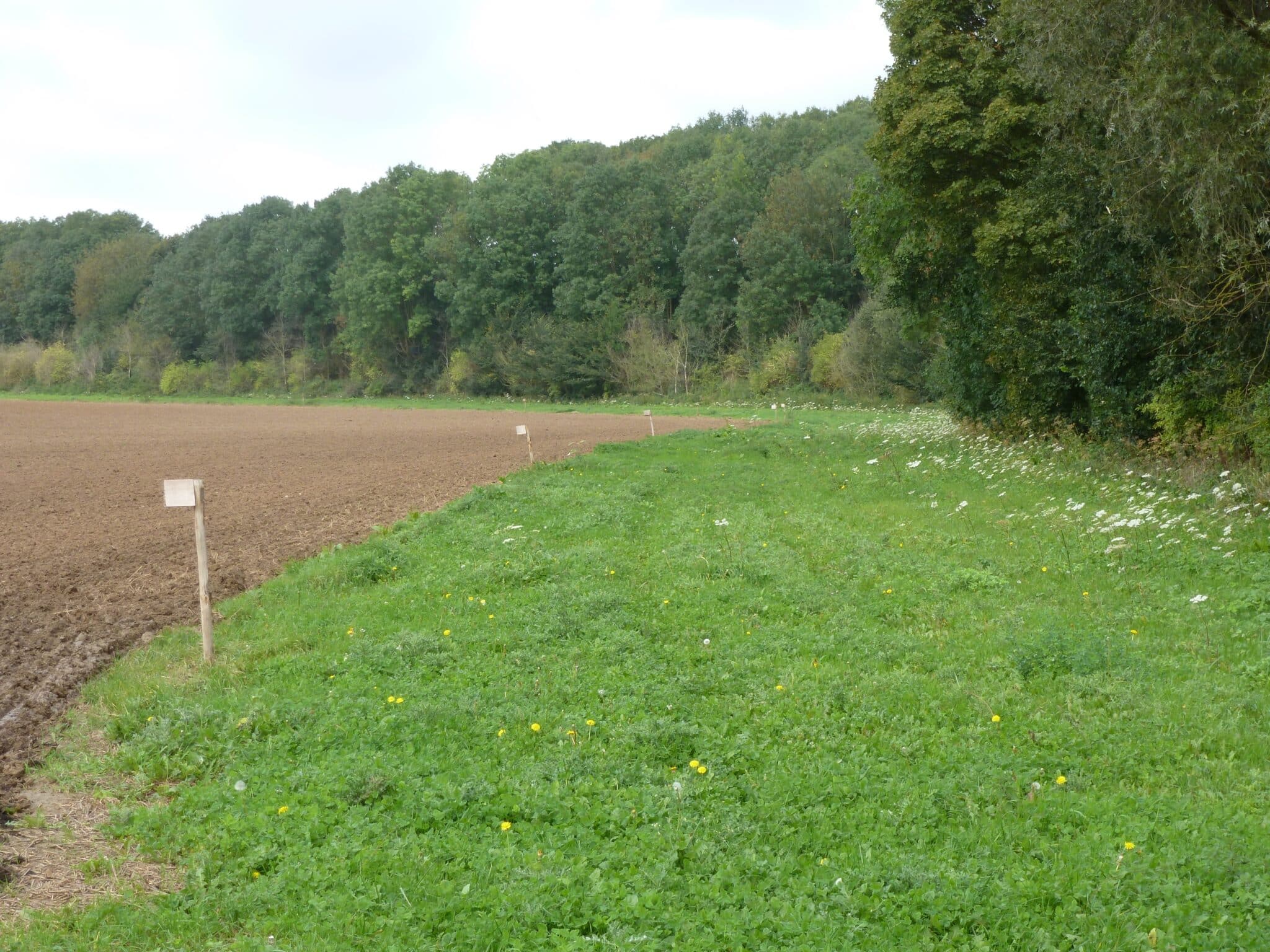
AD: Indeed, the seed sector contributes to dually beneficial habitats, by breeding and developing “new” crop cultivars. Historic examples include oilseed rape and sunflowers. Their cropped area in the EU expanded by about 8 million of hectares between 1970-2018. More recently pulses (such as soybeans, faba beans, peas, lupines) and linseed have and are increasingly developed as profitable alternatives to cereals, including maize. They provide diversity in cropping and crop rotation systems and provide different habitats for species and/or for a farm’s soil fertility (nitrogen fixation, soil structure, soil organic matter provision, pollinator feeding ground). In addition, the seed sector has been and still is key in developing highly productive crop cultivars. These varieties saved land from being converted to crop production and indirectly support the protection of biodiversity overall.
With improved knowledge becoming available on how to better integrate biodiversity needs within cropland, the seed sector also started developing various seed mixtures of cover crops of different value levels that benefit biodiversity (pollinators, birds) and crop production needs (various soil fertility benefits) alike. These will be finetuned over time as to their effectiveness and support climate change adaptation needs. The sector also has special know-how in establishing the seed production of new cover crops such a clover species, oil radish, mustard, phacelia, sunflower, ramtilla, pulses and forage grasses.
Any cropland can be improved in terms of mainstreaming biodiversity through the implementation of those db-habitats addressed in our paper. As seed production is a high value crop, some seed producers already adapted flower strips to support their respective needs of keeping crops vigorous and healthy: For instance, specific pollinator attracting plants are used in flower strips or beehive deployed to enhance hybrid seed production. All these measures and approaches improve biodiversity connectivity of the land across the landscape and add value to production. They are strengthening the interlinkages between biodiversity and agriculture to become more sustainable and resilient.
Definition: dually beneficial habitats are semi-natural habitats created within fields of arable crop fields to conserve biodiversity and support crop production goals. Benefits for biodiversity can be the provision of space for multiple species at local level and an improved habitat connectivity at landscape level. Benefits for farming can include the maintenance and enhancement of agro-ecosystem services delivery, which supports productivity resilience.
Editor’s Note: Annik Dollacker has recently retired from her position as Regulatory Policy – Senior Biodiversity & Ecosystem Services Expert at Bayer AG, Division Crop Science in Monheim, Germany. The research paper can be found here: https://ojs.openagrar.de/index.php/Kulturpflanzenjournal/article/view/15920


